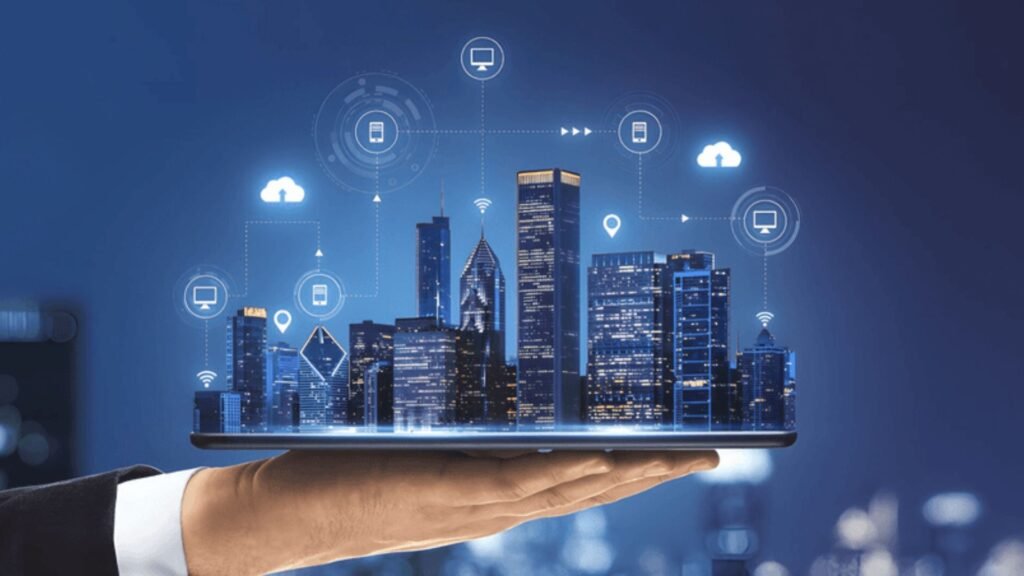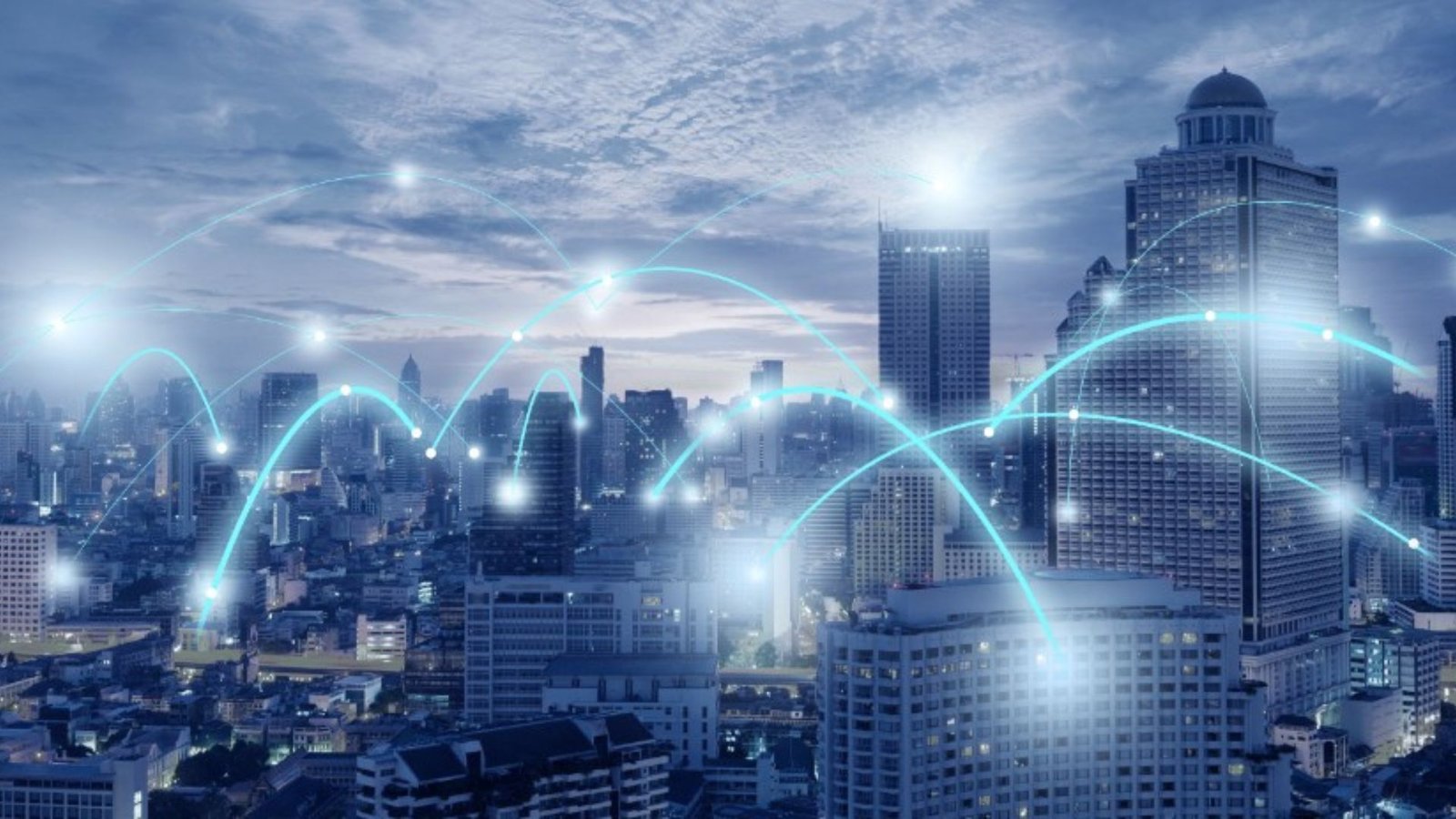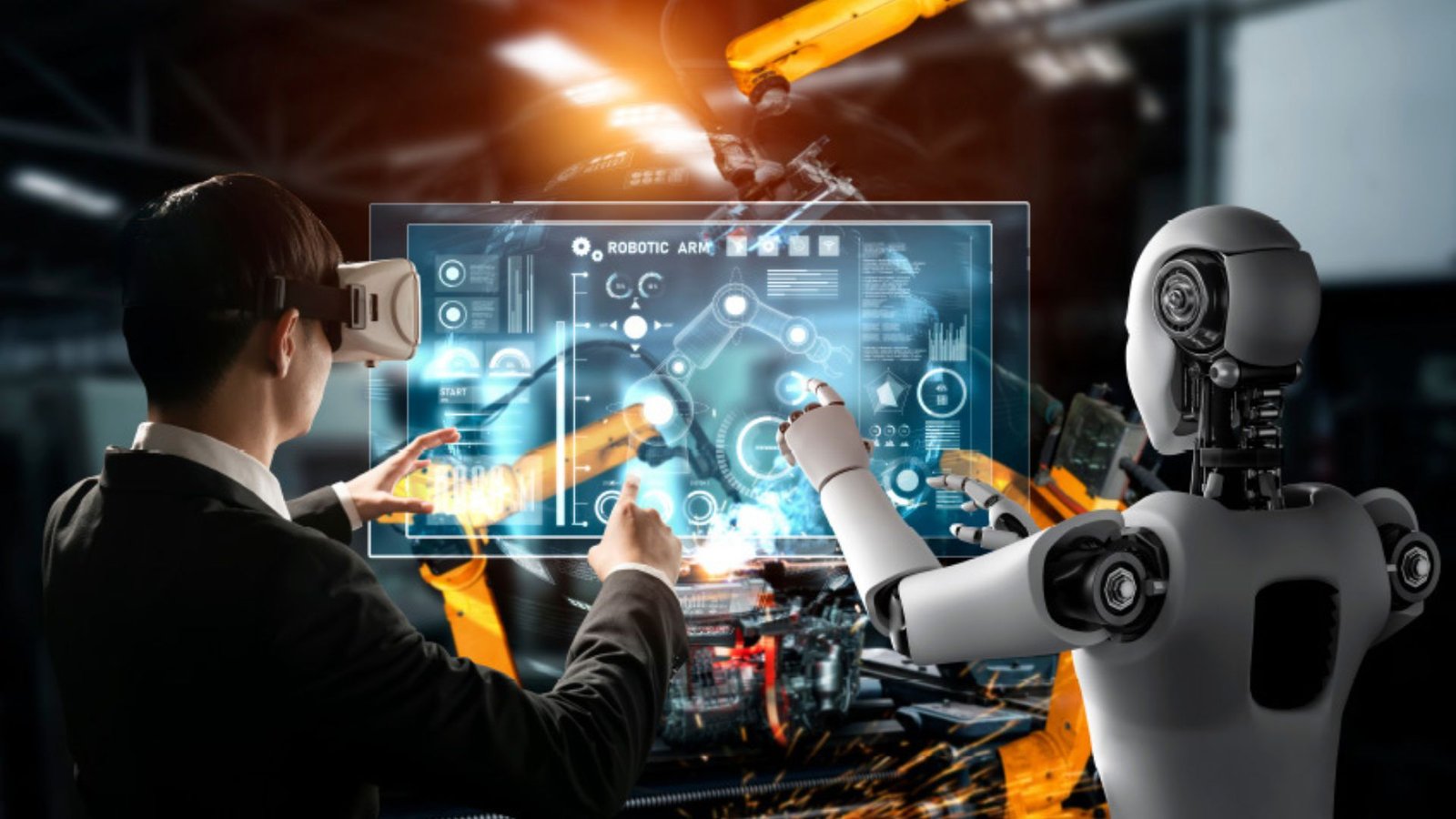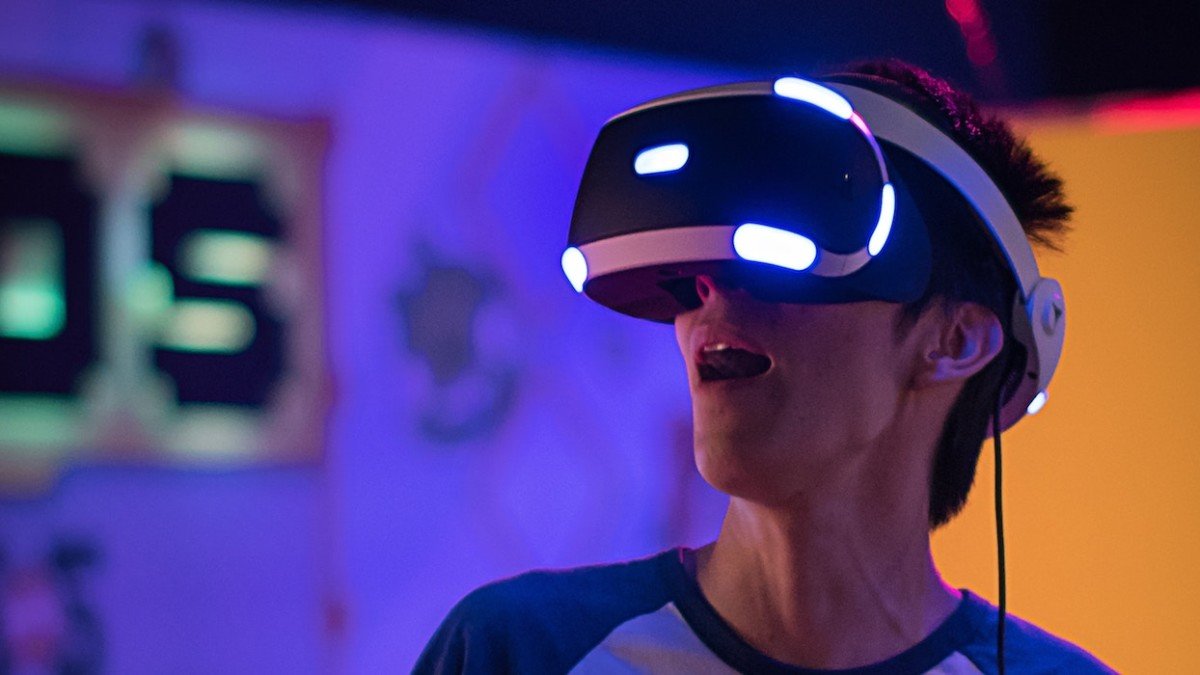The Internet of Things (IoT) has revolutionized the way we interact with the world around us, connecting everyday objects to the internet and enabling real-time data collection and analysis. In the context of urban environments, IoT is playing a pivotal role in the development of smart cities, which are cities designed to use technology to enhance the quality of life for residents, improve sustainability, and optimize resources. With sensors, data analytics, and connectivity, IoT is helping cities evolve into more efficient, livable, and responsive ecosystems. This article explores how IoT is shaping smart cities and its impact on various aspects of urban living.

Optimizing Traffic and Transportation
One of the most significant impacts of IoT in smart cities is in the area of transportation. IoT technologies enable cities to better manage traffic flow, reduce congestion, and improve public transportation systems. By using interconnected sensors, traffic lights, and real-time data analytics, cities can make more informed decisions about traffic management.
Key Developments:
- Smart Traffic Lights: IoT-enabled traffic lights can adjust based on traffic flow, reducing congestion and minimizing wait times. These systems use data from sensors and cameras to monitor traffic patterns and make adjustments in real time.
- Smart Parking: IoT-powered sensors in parking spaces can help drivers find available spots quickly, reducing traffic and fuel consumption. Additionally, some smart parking systems offer apps that notify users of available spaces, streamlining the parking process.
- Public Transportation Monitoring: IoT devices track buses, trains, and other forms of public transportation, providing real-time updates to commuters. This information helps passengers make informed decisions and reduces wait times, improving the overall transit experience.
These innovations are not only making travel more efficient but also reducing pollution and saving time, making urban transportation more sustainable and effective.
Enhancing Energy Efficiency and Sustainability
Sustainability is a core focus of smart cities, and IoT is a driving force behind energy efficiency and environmental protection efforts. With real-time data and interconnected devices, cities can monitor and manage energy consumption, waste management, and water usage more effectively.
Key Applications:
- Smart Grids: IoT-enabled smart grids allow cities to monitor electricity usage in real time, detect faults, and optimize energy distribution. These systems make it possible to integrate renewable energy sources, such as solar and wind, into the grid more efficiently.
- Smart Lighting: IoT-powered streetlights adjust brightness based on factors like traffic and ambient light. This not only reduces energy consumption but also improves safety and visibility in public spaces.
- Waste Management: IoT sensors in waste bins can notify waste collection services when they are full, optimizing collection routes and schedules. This reduces unnecessary trips, lowers fuel consumption, and ensures timely waste disposal.
- Water Management: IoT sensors can monitor water usage in real time, detecting leaks and inefficiencies. This data helps cities conserve water, a vital resource in many regions facing drought or water scarcity.
By leveraging IoT, cities can achieve greater sustainability, reduce their carbon footprint, and create more livable environments for their residents.
Improving Public Safety and Security
Public safety is a major concern in any urban environment, and IoT is helping cities enhance their ability to respond to emergencies and monitor crime. Smart cities use interconnected devices to improve safety across a variety of sectors, from crime prevention to disaster management.
Key Innovations:
- Surveillance Cameras and Sensors: IoT-enabled surveillance systems, including cameras and motion sensors, can provide real-time data to law enforcement agencies, helping to monitor high-crime areas, track suspicious activities, and respond quickly to emergencies.
- Smart Emergency Response Systems: In the event of a disaster or emergency, IoT systems can provide first responders with real-time data about traffic conditions, the location of victims, and the status of critical infrastructure, allowing for faster and more effective responses.
- Environmental Monitoring: IoT sensors monitor air quality, water quality, and noise pollution, providing data that can help prevent health issues related to pollution. Authorities can take corrective actions based on this data, improving public health and safety.
By using IoT to monitor and respond to public safety concerns, smart cities can create safer environments for their residents.
Conclusion
The integration of IoT into urban environments is transforming cities into smart, efficient, and sustainable hubs that improve the quality of life for residents and enhance overall urban management. From optimizing traffic systems and improving public safety to promoting sustainability and empowering citizens, IoT is shaping the future of urban living. As more cities adopt IoT technologies, the possibilities for creating smarter, more connected environments continue to grow, offering exciting prospects for the future of urban development.



